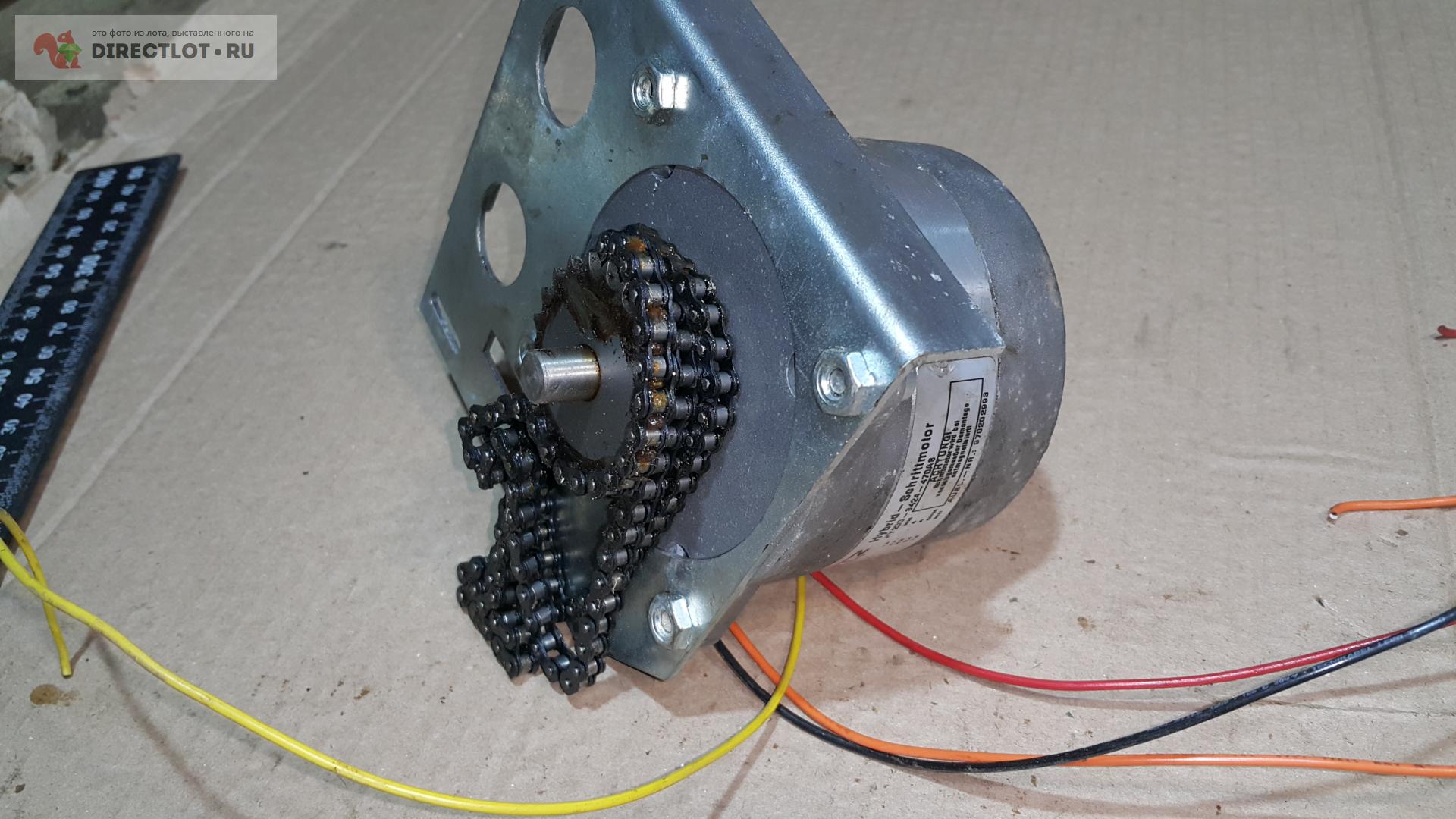
网站公告
more- Selcuklu Esc... 25-04-01 22:43
- Havalı Adana... 25-04-01 22:41
- ♀ Yeni Adana... 25-04-01 20:06
- Poyrazköy Id... 25-04-01 18:43
The Role Of Electromagnetic Regenerative Technology In Hybrid Car Braking Gearboxes
LeePegues096703 2025.03.29 18:59 查看 : 3
The development of electric vehicles has given birth to new methods of improving braking systems, one of which is magnetic Regenerative. Within this paper, we will discuss the role of Electromagnetic Regenerative in Hybrid vehicle stabilizer systems.
Electromagnetic regenerative systems work by using magnets to slow down the vehicle. This is achieved through either electromagnetic disc brakes or regenerative braking systems. Electromagnetic disc brakes consist of two magnetized disks that are attached to the wheels of the vehicle. When the driver presses the accelerator pedal, an electric current flows through the brake magnets, resulting the disks to slow down the wheel rotation.
Magnetic braking systems, on the other hand, capture kinetic energy and электромагнитный стояночный тормоз convert it into electrical energy, which is then saved in the vehicle's battery. This is achieved through the use of electromagnetic generators, such as electric motor-drives, that utilize magnetic fields to capture electrical energy. This type of braking not only slows down the vehicle but also increases its battery level by converting otherwise lost energy into practical power.
Magnetic braking offers several advantages over traditional disc brakes. One of the primary benefits is the ability to reduce wear and tear on brake pads and disks, as the magnetic do not physically engage with the rotor. Additionally, magnetic braking systems can be designed to be more effective, especially in situations where frequent braking is necessary.
Magnetic braking, in particular, offers remarkable fuel savings and is especially beneficial in hybrid vehicles. By recovering kinetic energy and converting it into electrical energy, magnetic braking can help extend the vehicle's battery life and reduce the need for traditional fossil fuels.
However, electromagnetic braking systems are not without their limitations. The high temperatures generated by the magnetic can cause electromagnetic interference, which can affect the performance of other electrical systems within the vehicle. Furthermore, the additional weight and complication of magnetic braking systems may impact the vehicle's overall weight and aerodynamics.
Despite these challenges, the role of magnetic braking in electric vehicle braking systems is becoming increasingly prominent. As the need for eco-friendly and effective transportation options continues to grow, the development and adoption of magnetic braking systems will likely play a significant role in shaping the future of hybrid vehicle technology. The benefits of reduced energy waste, improved efficiency, and increased reliability make electromagnetic braking an appealing option for manufacturers seeking to create more eco-friendly and eco-friendly vehicles.
In conclusion, magnetic braking plays a vital role in electric vehicle braking systems by providing a more effective and eco-friendly alternative to traditional disc brakes. Although challenges remain, the benefits of Magnetic braking make it an attractive option for manufacturers seeking to reduce energy waste and improve overall vehicle performance. While the hybrid vehicle market continues to grow, it is likely that magnetic braking systems will become an increasingly important component of sustainable transportation options.
Electromagnetic regenerative systems work by using magnets to slow down the vehicle. This is achieved through either electromagnetic disc brakes or regenerative braking systems. Electromagnetic disc brakes consist of two magnetized disks that are attached to the wheels of the vehicle. When the driver presses the accelerator pedal, an electric current flows through the brake magnets, resulting the disks to slow down the wheel rotation.
Magnetic braking systems, on the other hand, capture kinetic energy and электромагнитный стояночный тормоз convert it into electrical energy, which is then saved in the vehicle's battery. This is achieved through the use of electromagnetic generators, such as electric motor-drives, that utilize magnetic fields to capture electrical energy. This type of braking not only slows down the vehicle but also increases its battery level by converting otherwise lost energy into practical power.
Magnetic braking offers several advantages over traditional disc brakes. One of the primary benefits is the ability to reduce wear and tear on brake pads and disks, as the magnetic do not physically engage with the rotor. Additionally, magnetic braking systems can be designed to be more effective, especially in situations where frequent braking is necessary.
Magnetic braking, in particular, offers remarkable fuel savings and is especially beneficial in hybrid vehicles. By recovering kinetic energy and converting it into electrical energy, magnetic braking can help extend the vehicle's battery life and reduce the need for traditional fossil fuels.
However, electromagnetic braking systems are not without their limitations. The high temperatures generated by the magnetic can cause electromagnetic interference, which can affect the performance of other electrical systems within the vehicle. Furthermore, the additional weight and complication of magnetic braking systems may impact the vehicle's overall weight and aerodynamics.
Despite these challenges, the role of magnetic braking in electric vehicle braking systems is becoming increasingly prominent. As the need for eco-friendly and effective transportation options continues to grow, the development and adoption of magnetic braking systems will likely play a significant role in shaping the future of hybrid vehicle technology. The benefits of reduced energy waste, improved efficiency, and increased reliability make electromagnetic braking an appealing option for manufacturers seeking to create more eco-friendly and eco-friendly vehicles.
In conclusion, magnetic braking plays a vital role in electric vehicle braking systems by providing a more effective and eco-friendly alternative to traditional disc brakes. Although challenges remain, the benefits of Magnetic braking make it an attractive option for manufacturers seeking to reduce energy waste and improve overall vehicle performance. While the hybrid vehicle market continues to grow, it is likely that magnetic braking systems will become an increasingly important component of sustainable transportation options.

?? 0
Copyright © youlimart.com All Rights Reserved.鲁ICP备18045292号-2 鲁公网安备 37021402000770号

